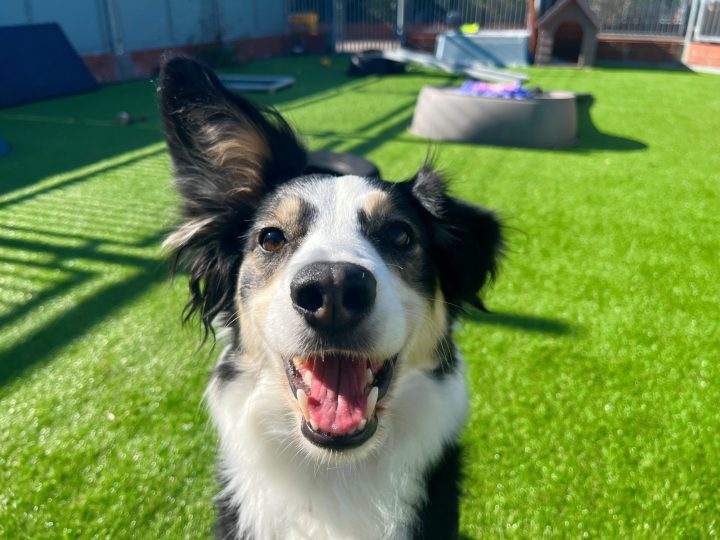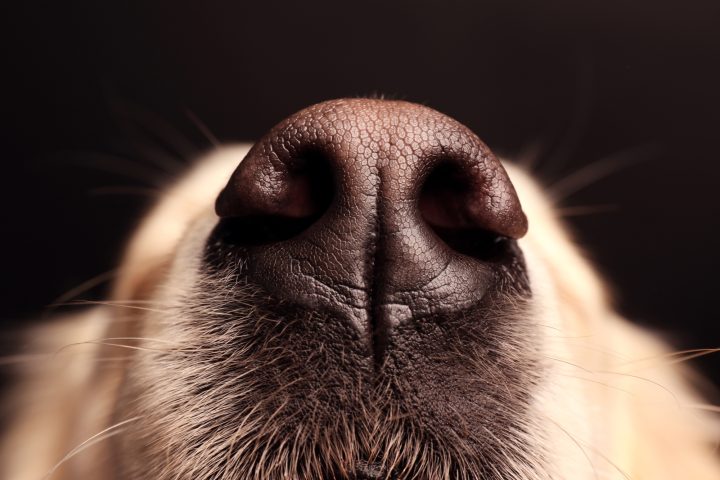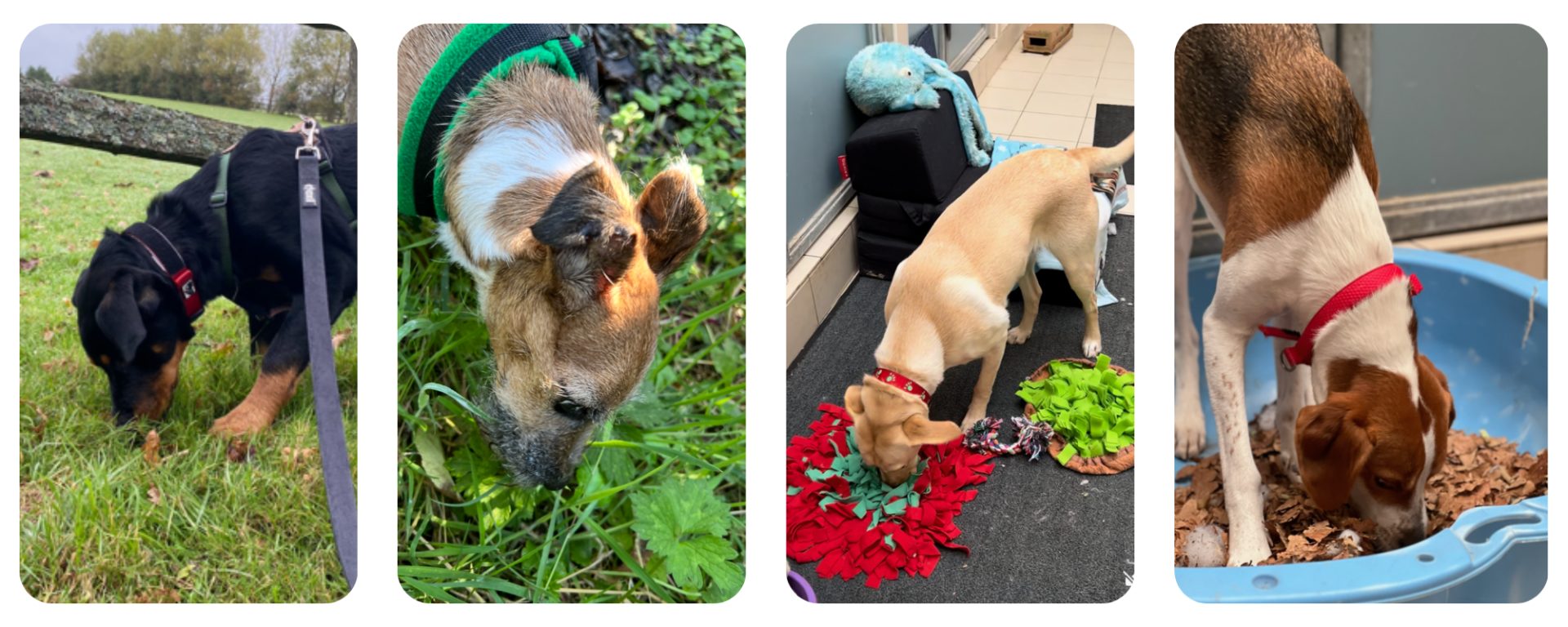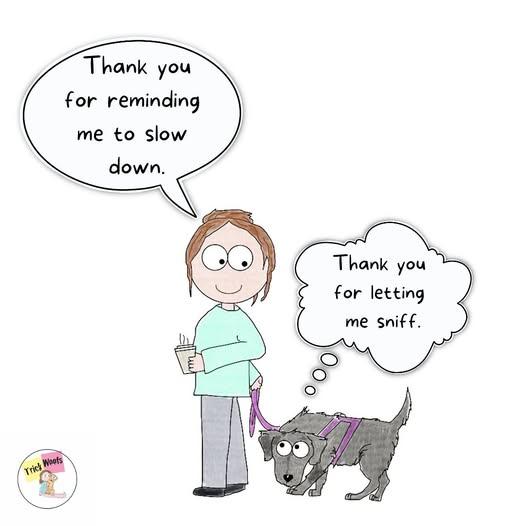Toy swap
Swap toys with a dog friend and rotate the toys.
Shopping sniff
Let your dog smell your shopping, bags and shoes as you come in.
Bring the outside in
Get a cardboard box and go for a walk without your dog, pick up some items and put them in the box as you walk. Grass, leaves, twigs, pebbles, soil (with landowner permission if required). When you get home, let your dog sniff the items in the box. This is also a great idea for dogs who are injured or recovering from surgery – bring the outside into them so they can catch up on the local news!
Novel items
Let your dog explore some novel (new) items. These can be from your home, garage, shed or a charity shop. Used books, clothes, shoes, flowerpots, coats and bags that you take to work or school. There are some great ideas here: https://www.facebook.com/PawzE...
Scents
You can get herbs, plants and other odours for your dog to smell. Remember how incredibly sensitive your dog’s sense of smell is – so you only need a tiny amount! These can include things like thyme, catnip, rosemary, lavender, peppermint, chamomile. Make sure you pick safe things for your dog to smell.
Flavoured water
You can flavour some water for your dogs to smell and drink (if they want to). Remember, these don’t have to be strong. Your dog has one of the best senses of smell on the planet. Be careful with allergies and do your research first. There are some great ideas here: https://www.facebook.com/PawzE...
Essential oils, herbs and waters
There are companies that specialise in safe products for dogs to smell and interact with. You can find out more here: https://www.ingrahamshop.com/
Find it
Find out how to start scent work with a simple “find it” game here: https://www.veterinary-practic...
Cardboard boxes
Sprinkle your dog’s kibble or other food into a bag full of carboard and old newspaper. Let their nose sniff to find the food. https://www.bluecross.org.uk/a...
Snuffle mats and scatter feeding
Use a snuffle mat or scatter feed for part of one of your dogs’ meals (they shouldn’t have to work for all of their food, but because dogs are scavengers, they will love to sniff out some of one of their meals). https://www.bluecross.org.uk/a...



